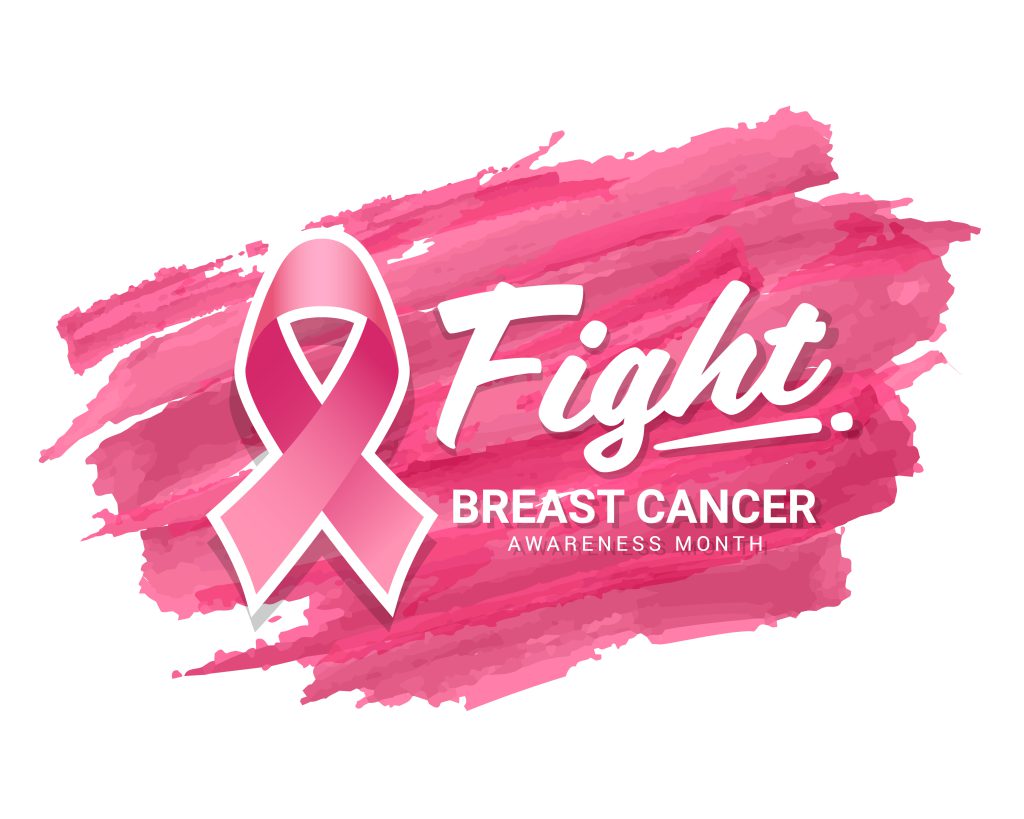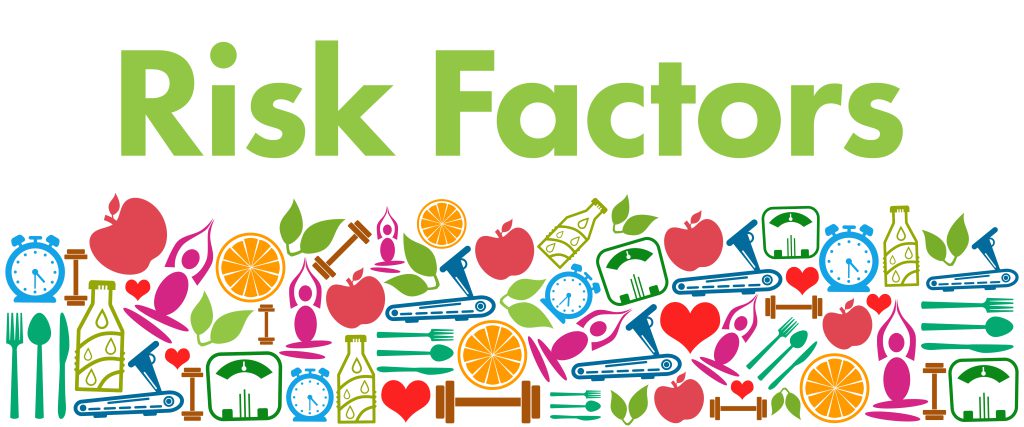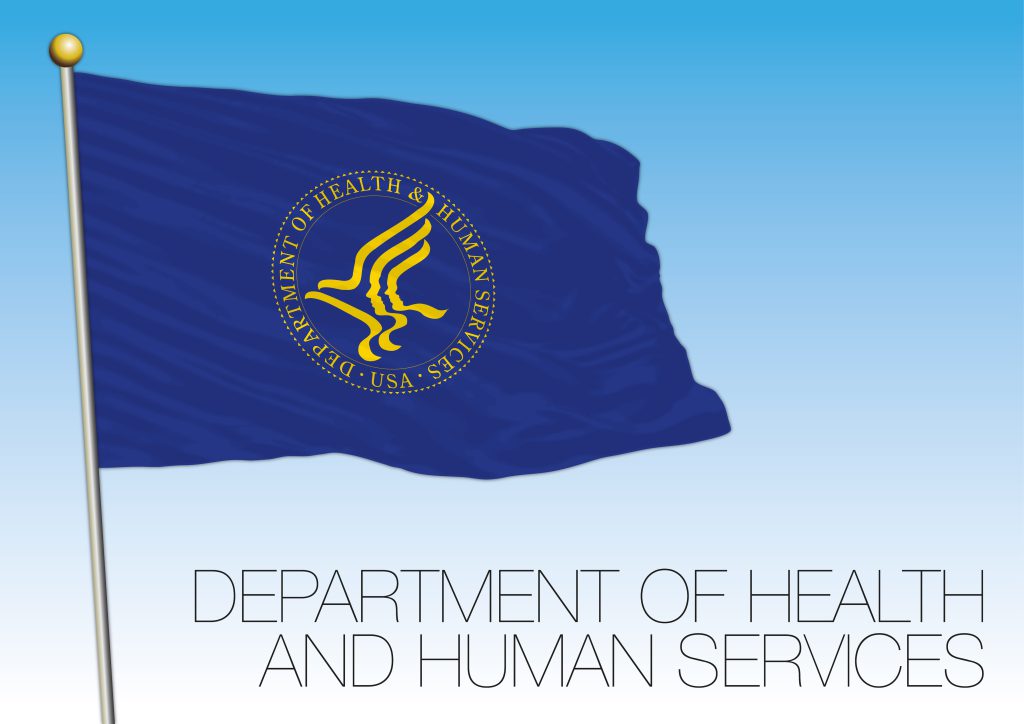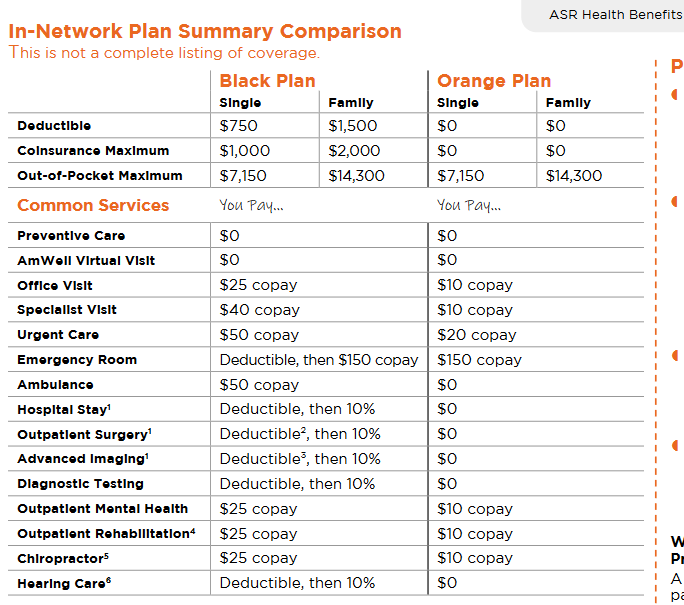
Breast care awareness is a vital component of health that is not limited to women. Breast cancer is one of the most common cancers globally, affecting individuals of all genders, including men and non-binary individuals. Prioritizing breast health is essential for early detection and successful treatment. This article will explore the importance of breast care, the significance of early detection, and actionable steps everyone can take to promote awareness and health.
The Importance of Breast Health
In the United States, breast cancer affects 1 in 8 women, but it also impacts men, with about 1 in 833 men diagnosed each year (American Cancer Society, 2023). Non-binary individuals, who may have breast tissue, are also at risk. Understanding risk factors, symptoms, and screening recommendations can empower all individuals to take control of their breast health.

Risk Factors
Several risk factors contribute to breast cancer, regardless of gender:

- Genetics: Family history is a significant factor. Mutations in BRCA1 and BRCA2 genes increase breast cancer risk for all genders (National Cancer Institute, 2023).
- Age: Risk increases with age, especially after 55.
- Lifestyle Choices: Alcohol consumption, obesity, and lack of physical activity elevate risk for everyone.
- Hormonal Factors: Conditions such as early menstruation or hormone replacement therapy can influence breast cancer risk across genders.
By understanding these factors, individuals can make informed decisions about their health.
The Significance of Early Detection
Early detection is critical for improving breast cancer survival rates. When diagnosed early, the 5-year survival rate can be as high as 99% (American Cancer Society, 2023). Regular screenings and self-examinations can help identify abnormalities before they progress.
Recommended Screening Guidelines
The American Cancer Society provides the following guidelines:
- Individuals aged 40-44: Optional annual mammograms.
- Individuals aged 45-54: Annual mammograms.
- Individuals 55 and older: Transition to mammograms every two years or continue yearly.
- High-risk individuals: May need to start screening earlier or include MRI scans.
It’s essential for everyone, including men and non-binary individuals, to consult healthcare providers to determine the most appropriate screening strategy based on their specific needs.
Self-Examinations: An Essential Tool

Self-examinations play a crucial role in breast care for all individuals. Familiarity with the normal appearance and feel of breast tissue allows for the early identification of changes. The best time for a self-exam is a few days after menstruation for those who menstruate, as breasts are less likely to be swollen or tender.
How to Perform a Self-Examination
- Visual Inspection: Stand in front of a mirror with arms at your sides and then raise your arms overhead. Look for any changes in shape, size, or color.
- Physical Examination: Use the pads of your fingers to gently press around the entire breast and underarm area, checking for any lumps or changes.
- Record Findings: Keeping a journal of any changes can be helpful for discussions with healthcare providers.
Promoting Awareness
Breast care awareness is not just a personal responsibility; it requires community involvement. Educational campaigns can help dispel myths about breast cancer and increase screening rates among all genders. Initiatives like Breast Cancer Awareness Month in October provide a platform for organizations to share valuable information and resources.
Community Resources

- Local Health Departments: Often offer free or low-cost mammogram services.
- Support Groups: Create safe spaces for individuals of all genders to share experiences and learn from each other.
- Online Resources: Websites like the American Cancer Society and the National Breast Cancer Foundation provide up-to-date information on breast health, screening, and support.
Conclusion: Take Action
Breast care awareness is an inclusive issue that affects everyone. By understanding risk factors, advocating for regular screenings, and performing self-examinations, individuals can significantly impact their health and the health of those around them. It’s crucial to foster conversations about breast health, dispel misconceptions, and promote regular check-ups for all.
For more information and resources, individuals can visit the American Cancer Society’s website or contact their healthcare providers. Remember, early detection saves lives—prioritize your breast health, regardless of your gender. Now is the perfect time to schedule a routine, preventative check-up with your primary care physician!
For your reference, the section, from Kalamazoo College’s 2024 Benefits Guide, comparing the in-network benefit for the medical plans is provided as an image below. If you click the image, you will be taken to HR’s Open Enrollment May 2024 webpage where the URL code for the full Benefits Guide is shared.

References
- American Cancer Society. (2023). Breast Cancer Facts & Figures 2023-2024.
- National Cancer Institute. (2023). Breast Cancer Risk Factors.
